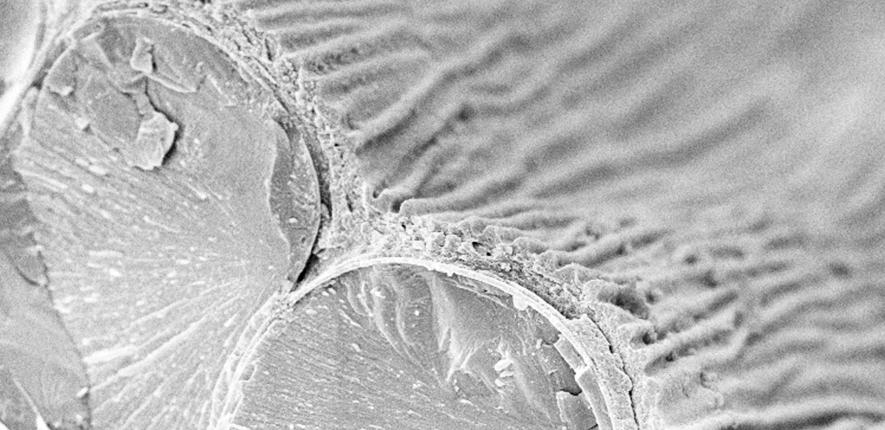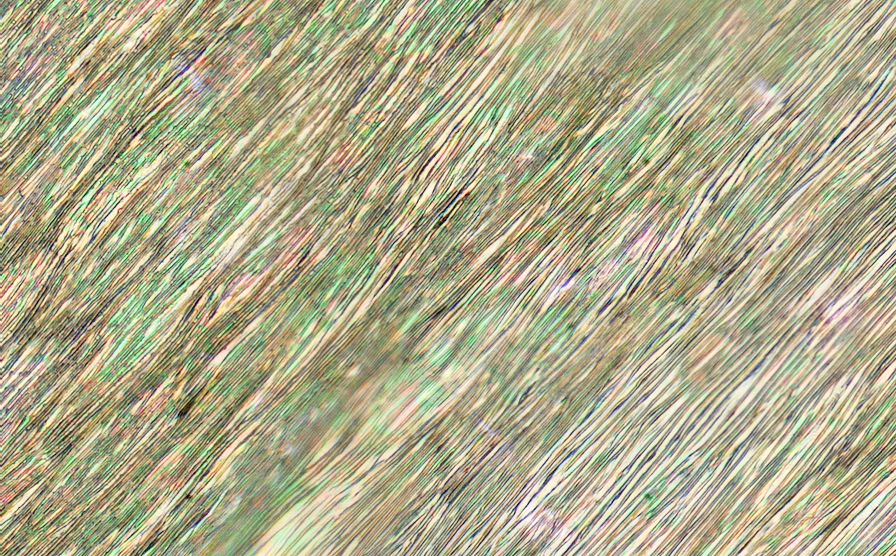
Submitted by Anonymous on Fri, 12/01/2024 - 16:58
New BBSRC grant to grow our understanding of petal diffraction gratings development
A new grant from BBSRC will enable Professor Beverley Glover’s Evolution and Development group to deepen our understanding of the development of petal diffraction gratings and their role in attracting pollinators.
Diffraction gratings are regular arrangements of surface ridges on petals that interfere with light, generating colour effects that are thought to help guide visiting insects, and so play a role in pollination and seed production.
The group has already shown that artificial replicas of gratings improve pollinator foraging efficiency, and recently developed a detailed bilayer model to help explain the development of these gratings in Hibiscus trionum flowers.
The new grant will enable the team to focus on answering two follow-up questions:
Question 1 - How do diffraction gratings develop?
The team will use transgenic manipulation (turning on and off different genes to see their effects) to produce experimental flowers that will help them understand properties of the developing Hibiscus petals (cuticle stiffness, cell wall stiffness, cuticle thickness) and the forces acting on them (cell curvature, cell anisotropy).
Question 2 – Do diffraction gratings influence pollinator behaviour as predicted?
Some of the experimental flowers produced will have no diffraction gratings, and others will have altered gratings. The team will then investigate if and how these altered flowers affect pollinator behaviour in comparison to normal flowers, both in the glasshouse and the bumblebee behavioural lab.
The project continues the group’s studies of the mechanics of plant development, and particularly how development is influenced by changes in the material properties and forces in a developing tissue.
Cuticle buckling affects surface and internal patterning systems in animals as well as plants - the work will be useful for pollination ecologists and insect behavioural ecologists, as well as to those studying structural colour effects in other systems.
Title image - Transversal section of a Hibiscus trionium petal (CryoSEM). The adaxial epidermis cells have ridges on their surface. Images courtesy of K. Buch and H. Herrera-Ubaldo.

